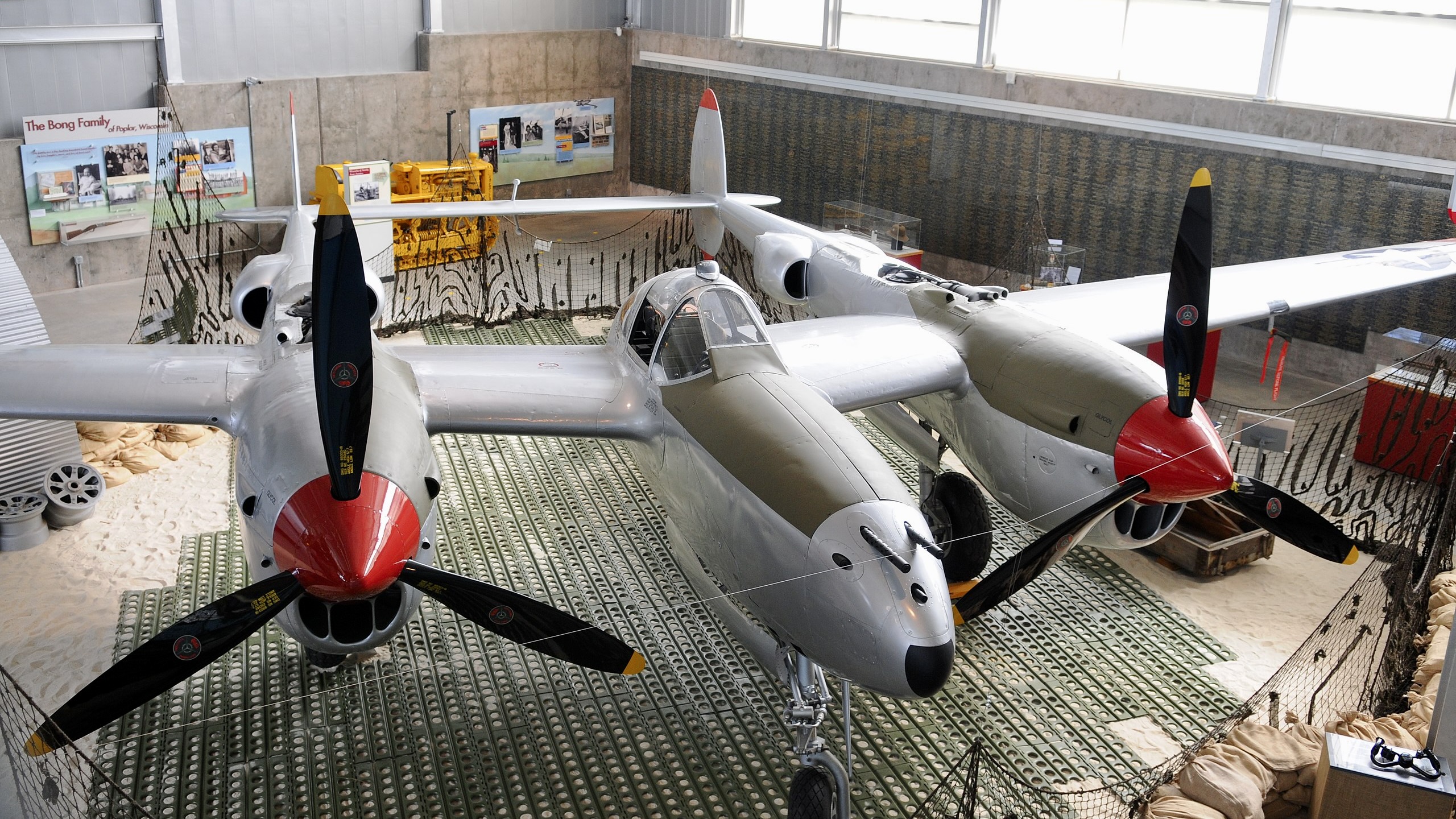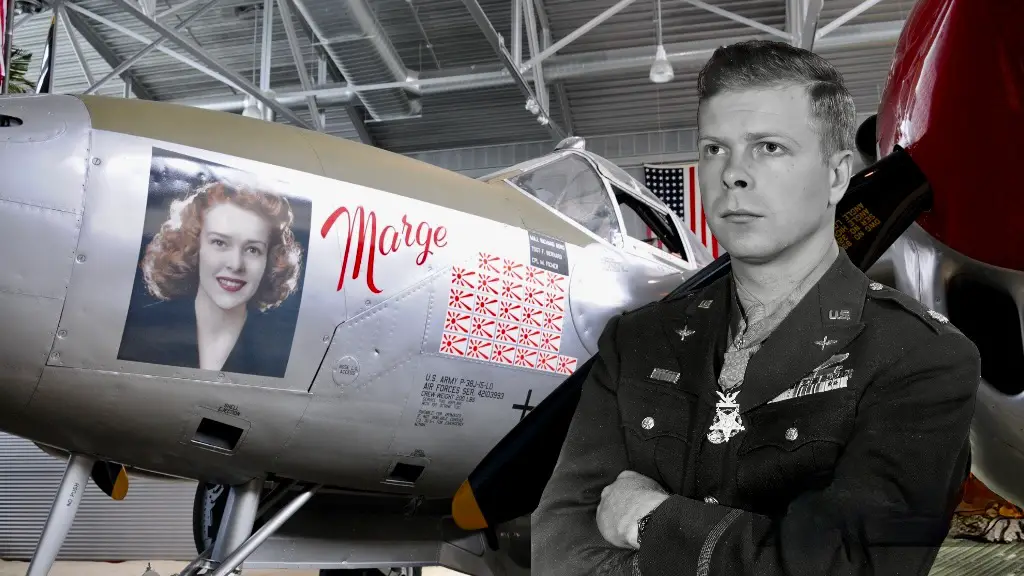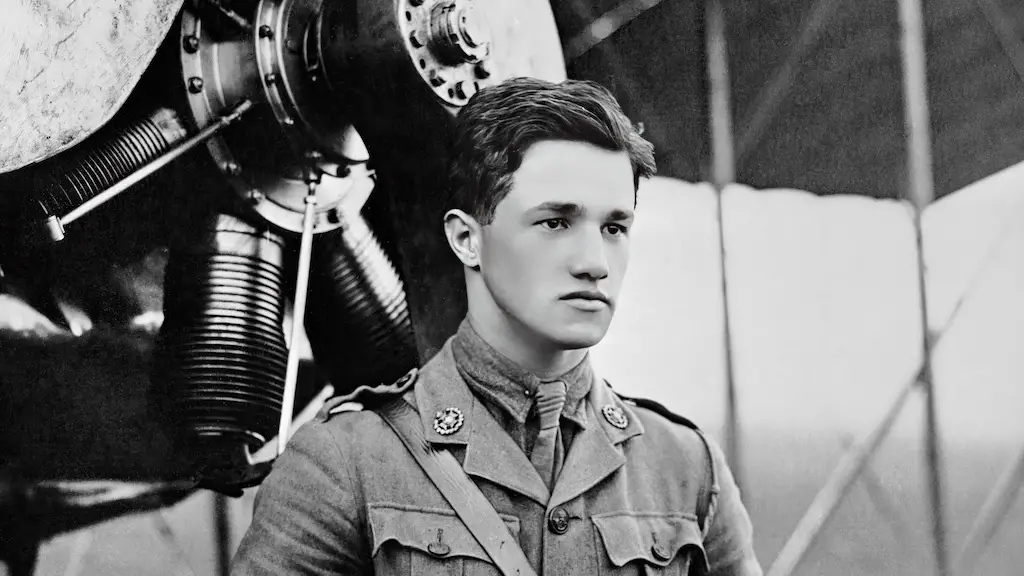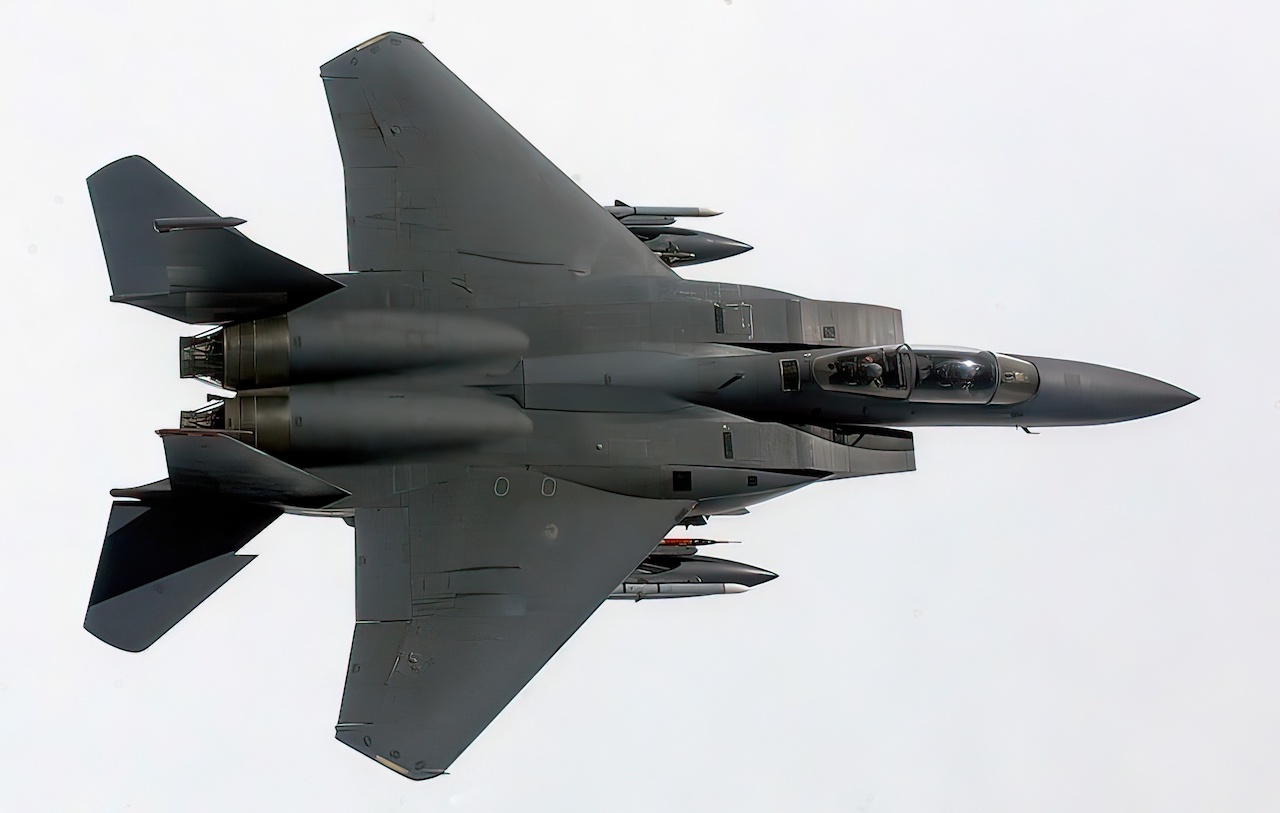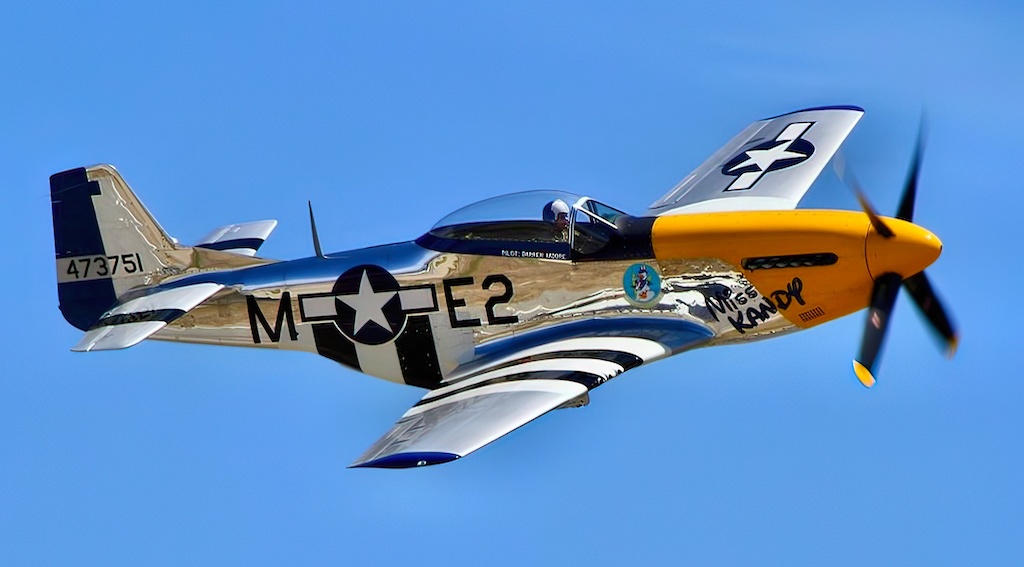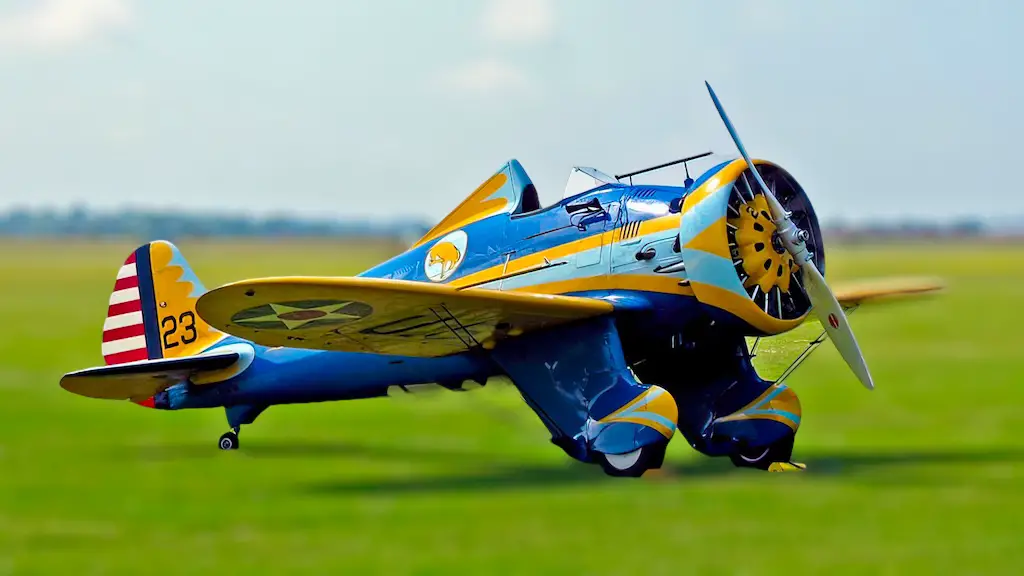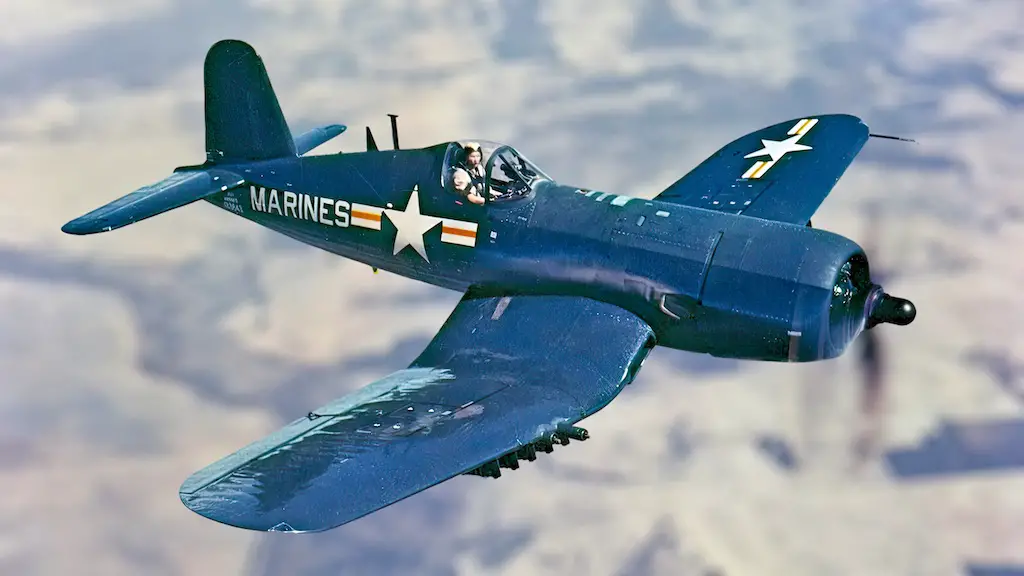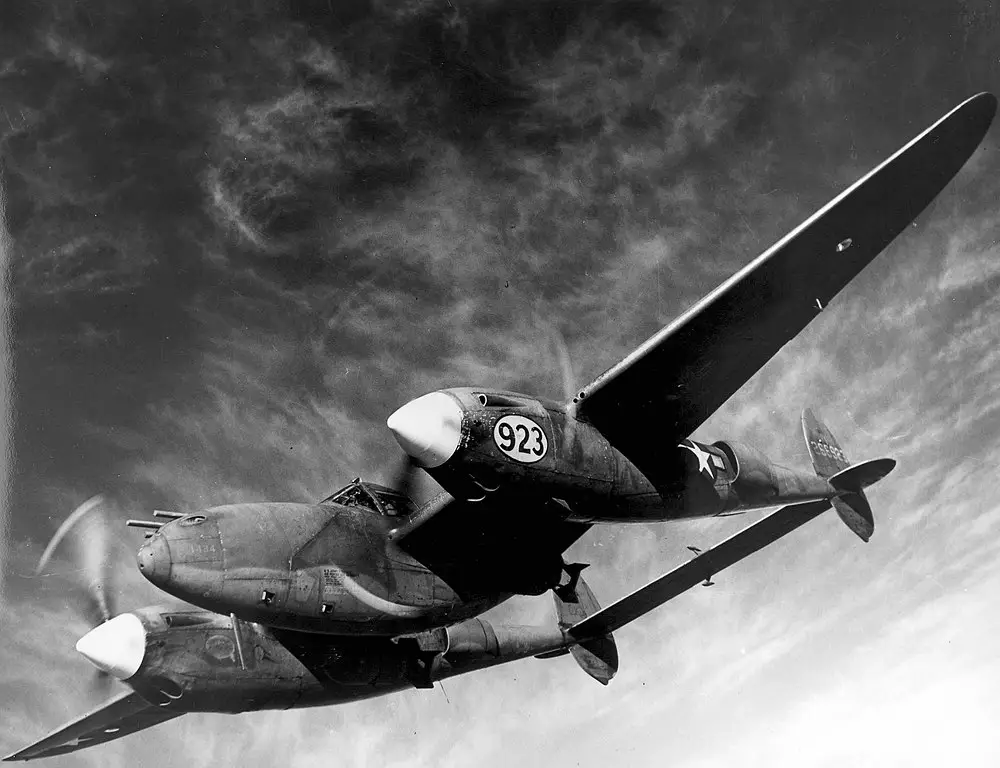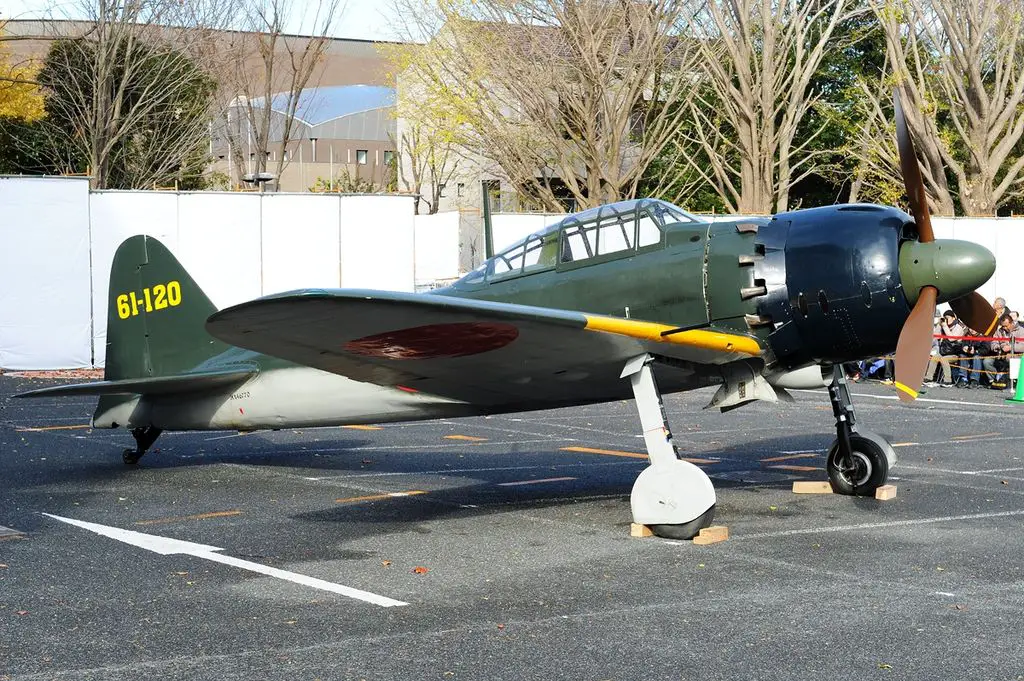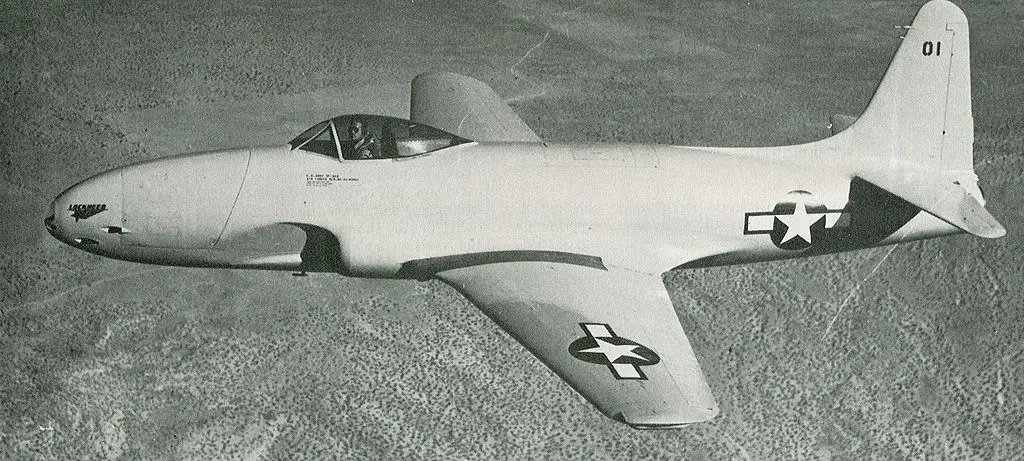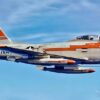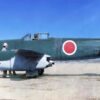Ascending from Rural Roots to Legendary Hero
Richard “Dick” Bong’s remarkable journey in American military history underscores his unparalleled contributions as the United States Air Force’s most distinguished fighter pilot. Born in 1920 in Wisconsin into a family of nine children, Bong developed a passion for aviation from an early age, inspired by the sight of mail planes over his family’s farm. This passion propelled him on a trajectory to become a pivotal figure in aerial combat.
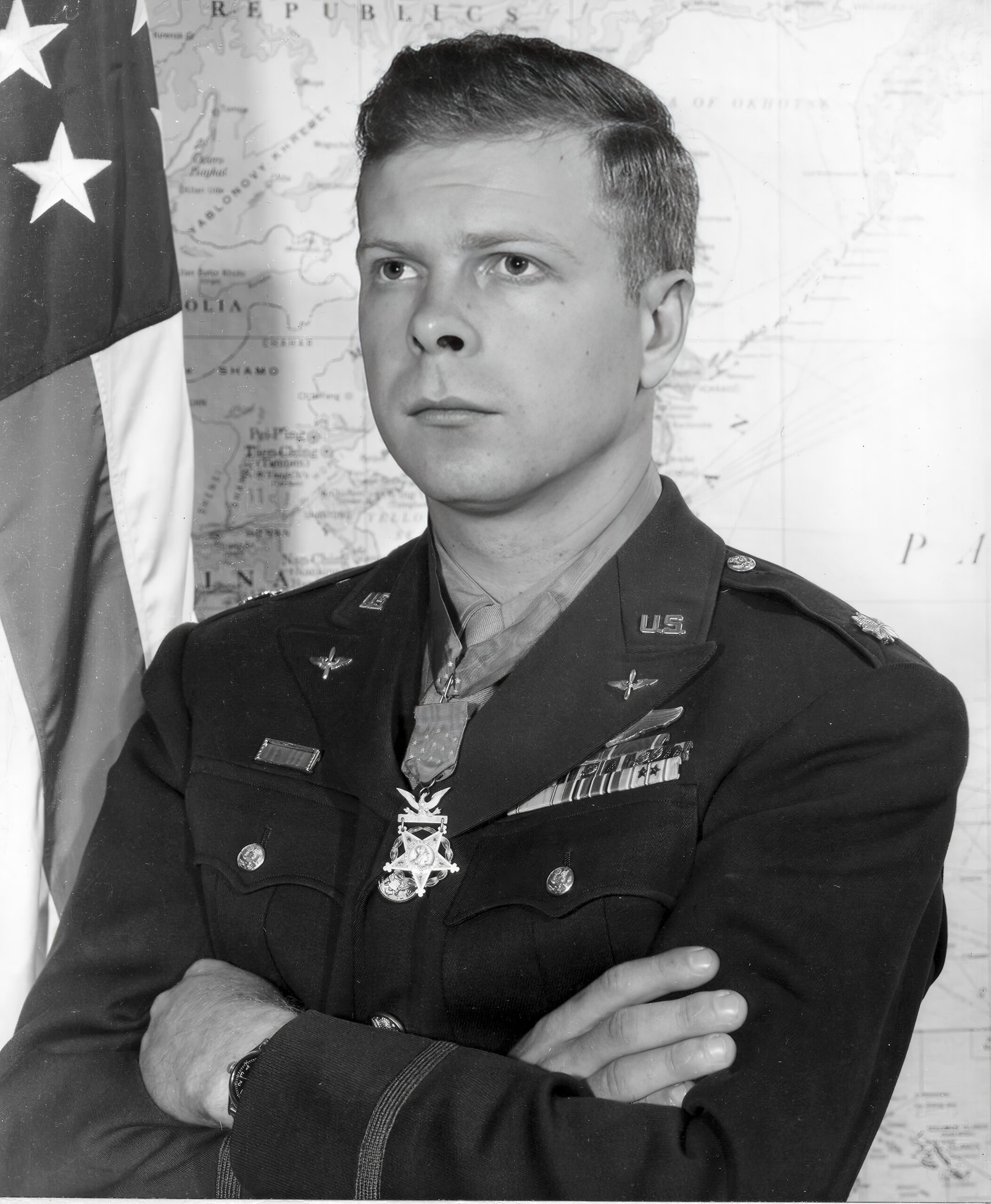
Becoming a Legend
Bong’s path to becoming an aviation legend began with his enlistment in the U.S. Army Air Corps in 1941, ahead of the Pearl Harbor attack. His innate flying prowess and tendency to flout regulations quickly became evident. His legendary exploits, such as executing a buzz flight so close to the ground that it dislodged clothes from a clothesline and daringly looping around the Golden Gate Bridge, captivated his superiors. General George Kenney, recognizing Bong’s raw talent and fearless approach—crucial attributes for a combat pilot—advised Bong to balance his boldness with restraint.
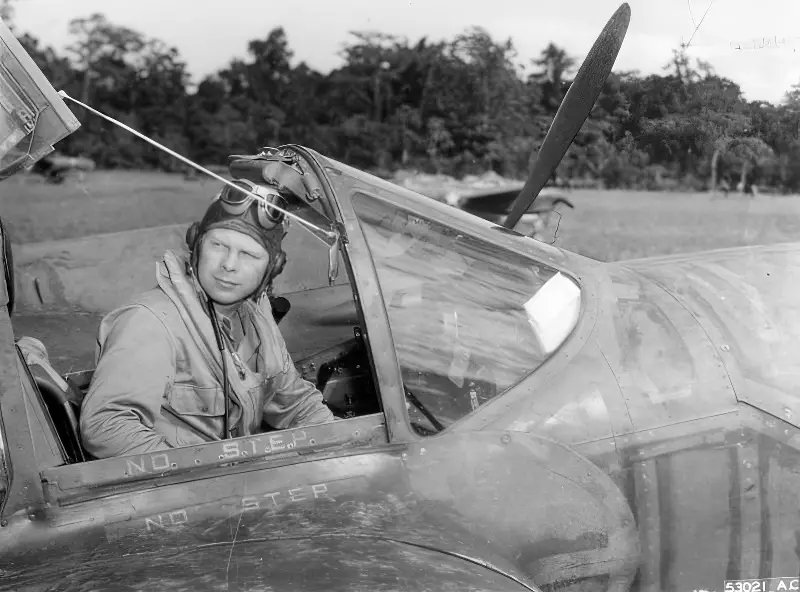
Dominating the Pacific Skies
Deployed to the Pacific theater, Bong unleashed his full potential. Piloting the P-38 Lightning, dubbed “Marge” in honor of his wife, he became a formidable adversary to Japanese pilots. Bong’s aggressive combat strategies and precision in targeting allowed him to amass a significant count of downed enemy aircraft, securing his status as the preeminent ace in the American Air Force.
The apex of Bong’s military career unfolded during a critical encounter when he found himself vastly outnumbered by Japanese Zeroes. Faced with this daunting scenario, Bong’s strategic ingenuity and bravery shone through. Initially surprised by a Zero disguised as his wingman, Bong quickly maneuvered to evade immediate danger. He then confronted an incoming formation of Zeroes, opting for an offensive approach rather than retreat.
By directly engaging the enemy, Bong’s decisive action caused disarray among the Japanese pilots, enabling him to destroy two Zeroes and damage another. This pivotal moment showcased Bong’s extraordinary skill as a fighter pilot and his ability to alter the course of battle under extreme pressure.
Legacy Beyond Combat
Bong’s contributions extend far beyond his aerial victories, embodying the essence of innovation, valor, and unwavering resolve. His story also serves as a somber reminder of the sacrifices of military aviators. Tragically, Bong’s promising career ended prematurely at 24 while testing the P-80 Shooting Star jet fighter, a loss that marked the end of a genuine American hero.
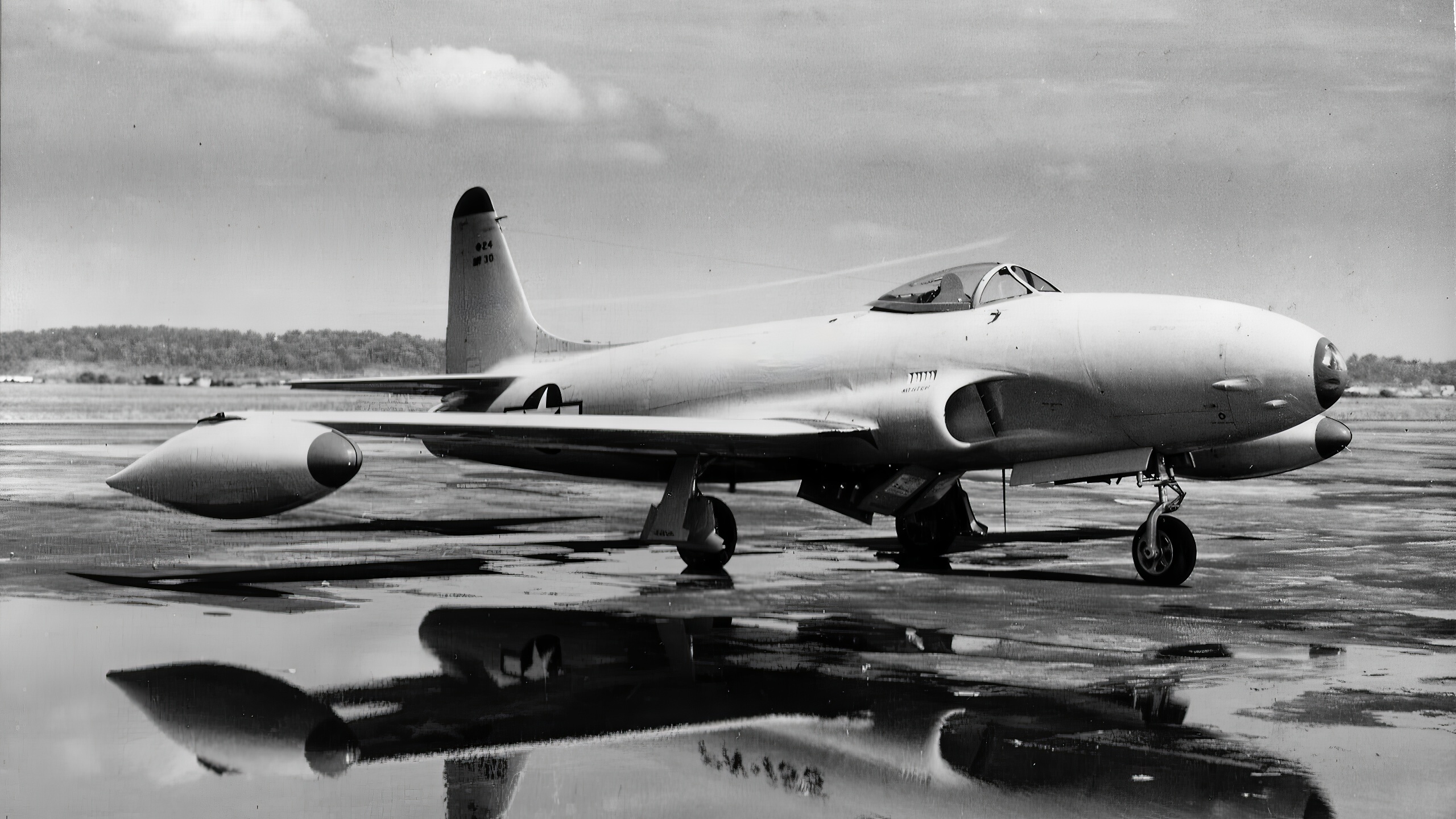
Richard Bong’s enduring legacy transcends his 40 confirmed kills; it lies in the indomitable spirit he exemplified. His life, from a young boy dreaming of flight on a Wisconsin farm to becoming America’s most celebrated ace, continues to inspire. Bong illustrated that through skill, courage, and a dash of daring, the sky presents no limit.
